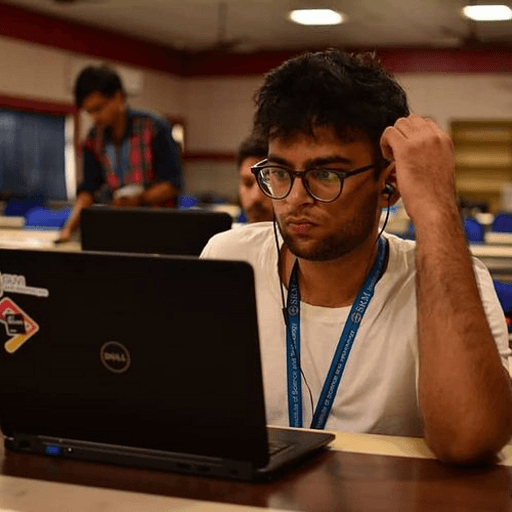Hurray! Now you have a fantastic MLOps team with an even more extraordinary tech stack comprising your own inbuilt and outsourced libraries! With the product and services now open to the public, you will expect a new influx of users, the tickets and troubleshooting come with users. Let us look at how you and your team can prepare to maintain the load balancing!

Let us look at steps that you can take to ensure the proper working of your Machine Learning Pipeline!
Monitoring
Maintaining
Scaling
👀Monitoring
Before taking action on your pipeline, we need to ensure an efficient monitoring system is active. Deploying a machine learning model to the real world exposes it to technical, physical, and computational data and work. In turn, it gives birth to the need to have a systematic pipeline in the bank to monitor and correct the model parameters for smooth deployment. (taken from our blog “Ultimate Guide to MLOps”, do check it out!)

This step serves as the foundation for your Machine Learning model management. Add this to your tech stack and can be used when the model is out in the wild.
With the following methods, you can test and monitor your model:
A/B Testing: refers to a randomized monitoring process wherein two or more model versions are served to various user segments. A/B testing is also known as split testing.
CI/CD (With human-in-loop): The ability to test models on live samples before putting them into production, giving them an upper edge by their actions and reactions getting human validation.
⚒️Maintaining
Once the results from the monitoring are in, and you have a somewhat good idea of the ability and capabilities of your pipeline, you may want to make sure that the existing system isn’t imploding on itself.

AI Models, in general, are trained on historical data, which tends to get very old very quickly. Especially if you are dealing with a millennial customer base with new upcoming architectures, papers, and data every week, this raises issues like model drift, which you can pinpoint using good monitoring pipelines.
Data drifts are defined as unanticipated and unrecorded changes to data structure, semantics, and infrastructure caused by current data architectures. Data drift disrupts processes and corrupts data, but it can also offer new ways to use data.
Maintaining an MLOps pipeline well calls for this factor to be utilized and used to either retrain or tweak the current model. These subtle changes to the hyperparameters and architecture can ensure that the model keeps on performing the tasks that you require. However, this may require a very different approach if the users of the service increase exponentially. So let us look at Scaling for the same.
🏗️Scaling
The scalability of a model refers to a system's capacity to handle an increased or decreased number of server or service requests for a specific product in such a way that it responds quickly and efficiently to the changes without interfering with the service's productivity.

Scaling a model presents many benefits for an organization as it prepares the servers for any surge of customers without ruining the customer feedback. Multiple statistical or predictive methods can achieve scalability in machine learning.

Vertical Scaling: described as adding more power to your current hardware. For example: upgrading the CPUs and GPUs for faster processing of new server requests. Vertical Scaling can also refer to increasing the memory, storage capacity, or network bandwidth.
Horizontal Scaling: horizontal Scaling in a pipeline refers to adding multiple nodes to the architecture or processing machines to your infrastructure to cope with the newer demands with the help of an efficient load balancer.
Autoscaling: is a cloud computing feature that translates well to machine learning pipelines. It refers to mlops scalability to decide the scaling's magnitude by either using predictive or scheduled autoscaling.
Caching: dataset or model caching works by either manually or scheduling caches of the current state of your data into reserves which may work as good foundations for any further retraining or expansion your infrastructure may require to deal with new requests.
Machine Learning Scaling demands collaborative efforts between your DevOps and Machine Learning team, which come with unparalleled benefits in the form of automated and inexpensive experiments to your pipeline that can save your servers on those busy days.
Conclusion
With this article, we reach the finale of the incredible trilogy that will guide your MLOps team to success and integrate machine learning into the inner workings of your organization. We hope this article, along with “A Guide To Setting Up Your MLOps Team“ and “Build vs. Buy Decision For MLOps Platform: Top Considerations,” helps you in your journey.
Written By

Aryan Kargwal
Data Evangelist

